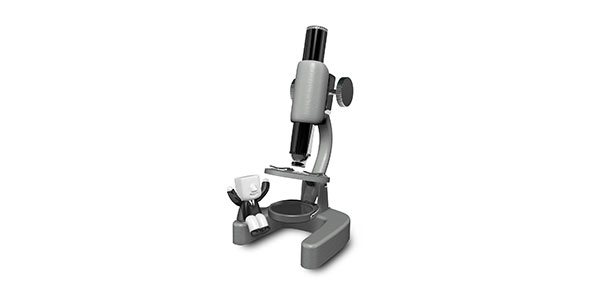Related Flashcards
Related Topics
Cards In This Set
| Front | Back |
|
What is Systematic Variance?
|
It's the effect of the manipulation of the Independent Variable. It's the systematic differences between the control and the experimental group.
|
|
What is Error Variance?
|
It's the amount of variability among scores due to chance or extraneous variables. It can be estimated by looking at the amount of variability within each condition.
|
|
Explain the implications of this conceptualization: ((Systematic Variance + Error Variance)/(Error Variance))
|
This is also known as the F-ratio. The ratio has to be significantly above 1 for us to know that the IV had an effect. If the score is near 1.00, then the IV had no effect, or there were too many errors to judge.
|
|
Explain and define power
|
Power is the how much we as researchers are able to detect an effect of the IV. Reducing F (and thus, error) increases an experiment's power.
|
|
What is a true experiment?
|
A true experiment is one in which there is manipulation, random sampling, and control
|
|
Quasi-experimental designs: What are they?
|
Quasi-experimental studies are any study that does not fit under the category of a true experiment. They are characterized by a lack of random sampling for subjects.
|
|
Quasi-experimental designs: What are some examples?
|
Posttest only
(control and experimental)
Pre/posttest (one
group only or control/experimental)
Case study
Single-subject
behavioral manipulation
|
|
How does one interpret correlations?
|
Correlations are compared using Pearson's r (which is used with interval or ratio scale data). The value can be from 0 (no relationship) to 1.00 (a perfect relationship). R values can't be compared b/c they're ordinal data. They have to be squared. Df must be listed (it's N-2)
|
|
Why would you use correlational data rather than experimental?
|
For ethical (We can't test the effects of smoking on cancer), practical (Population too large to get a representative sample), and methodological reasons (Our population doesn't lend itself to sampling)
|
|
What is the importance of sample size and what are its effects?
|
Increasing sample size increases the power of the experiment and decreases the possibility of a sampling error. It also increases validity because the odds of your results are more likely to be true rather than a fluke.
|
|
What is validity?
|
Validity asks, "Does this test measure what we claim it measures?
|
|
What are the various types of validity?
|
1. Content validity (This test covers unknown chapters 2. Criterion validity (How well the test predicts future behavior) 3. Construct validity (the extent to which a test measures a construct--like intelligence) 4. Convergent validity (Compare your test to other, similar tests and see if they converge)
|
|
Define internal validity and external validity
|
Internal validity: The degree to which you have control over extraneous variables in your experiment that might affect the IV's effect on the DV.
External validity: The degree to which you can apply your findings to the outside world |
|
What is a single-subject design and why are they used?
|
It's a case study and they are used because they often suggest hypotheses for future studies, they provide a method to research rare phenomena, and they may offer tentative evidence for a psychological theory.
|
|
How should case studies be interpreted?
|
They should be interpreted as observations of single, particular groups of people--not representative of the whole.
|








